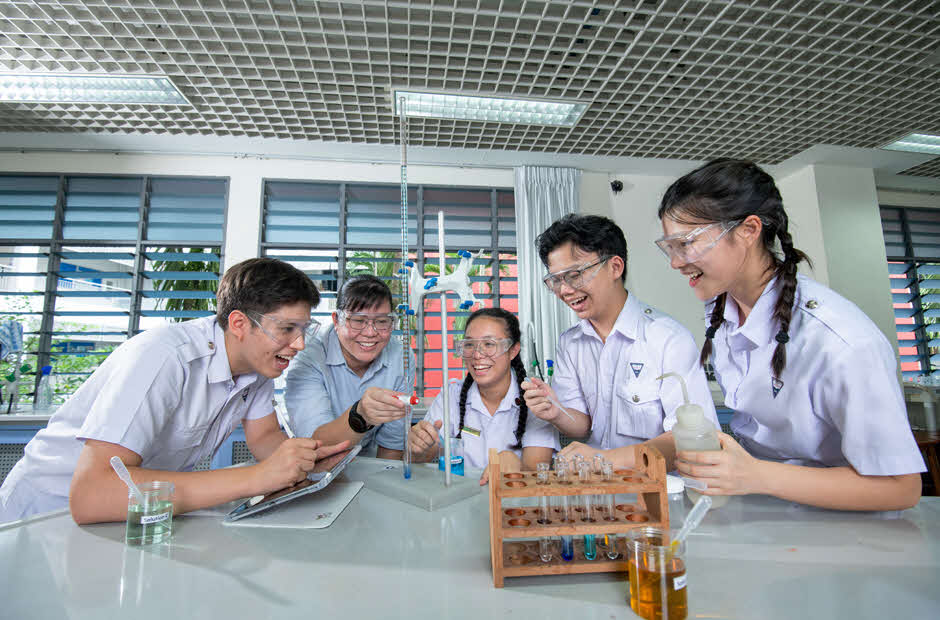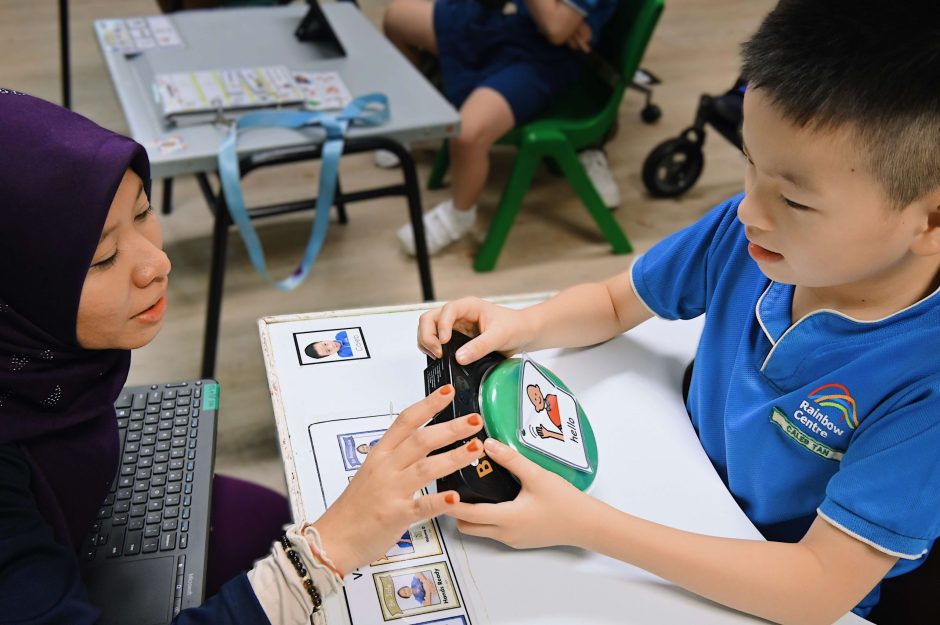A teaching win for me is…when students see learning as a key to fulfilling a dream.
“Always remember that someone out there loves you more than you know”, was one of the toughest yet most memorable messages I had for a student. She struggled with school attendance and assimilating back into school after a mental health-related break.
She held onto her dreams of becoming a marine biologist. Her enthusiasm for understanding the anatomy of marine animals and exploring the unknowns of marine life fuelled my determination to help her find a path to achieve it.
It wasn’t an easy journey, but I assured her that she wasn’t alone. Rallying her mother to work with us, the three of us explored the Polytechnic Early Admission Exercise together. Worried that the stress of the O-Levels might be too much for her, I made it a point to wait for her after each exam. We would talk briefly before she went home, helping her understand that every milestone was worth celebrating.
She completed her O-Levels, graduated, and went on to a Science programme at a polytechnic. While her path still holds uncertainties, she has gained greater confidence in herself and trust in her ability to work towards her goals.
An effective teaching tool for me is… adding drama to Chemistry lessons.
Chemistry concepts can often seem abstract to students. It is a challenge I understand firsthand as someone who struggled to connect with these concepts as a student myself. When I began teaching, my primary aim was to make Chemistry more relatable and understandable for my students.
In one of my Secondary 3 practical lessons, I designed an escape-room exercise where students assumed the role of chemists working in the Water Quality Department at PUB. They weretasked with investigating six cases of river contamination caused by factory spills.
As part of the activity, they had to imagine they were locked in the laboratory by the factory owners who wanted to keep the truth from them. The students had to solve puzzles and conduct tests to break out of the escape room. For the final task, they explored the effects of metal ion contamination, which occurs when chemicals containing metals are unintentionally released into the water. The fictitious scenario sparked excitement among the students, making their first attempt at laboratory tasks thrilling. By the end of the lesson, they no longer viewed Chemistry as a dull subject.
In a lesson I had with my Secondary 2 students, we explored the ethical considerations of organ transplants, and how one’s values and beliefs might affect decision-making. Students took on the role of surgeons faced with a challenging scenario: there was one donor heart but two potential recipients, an 80-year-old lady and a 12-year-old boy. The students raised various considerations, such as who might have better results from the surgery.
Suddenly, a student exclaimed, “Why not just 3D-print one?” The discussion shifted. Students began searching online to see if 3D-printed hearts existed and if such surgeries were possible. I wasn’t familiar with 3D-printed organs, so we researched and learnt together. These thought-provoking discussions stoked my students’ curiosity, and their willingness to seek information and apply what they learn. I also learnt that as teachers, we must first role-model as learners – learning indeed never stops!

A project I find meaningful is… guiding peer support leaders.
CareForce is Nan Hua’s equivalent to the peer support groups in other schools. As the teacher-in-charge for many years, I kickstarted a peer support leadership programme aimed at cultivating a core team of leaders within CareForce.
When the second core team of Secondary 3 leaders took over, I posed to these newly minted leaders a problem question, “What can we do if our friends need help? What can we tell them?” This led to the video project named Fit Fit Friday, which aimed to provide students with handy guides to manage their physical and mental wellbeing through easy-to-follow exercises or techniques.
The CareForce leaders conceptualised and filmed videos of their peers demonstrating a range of activities, from simple stretching to eye care exercises. They ensured clear illustrations of each movement by capturing different angles and adapted activities for those who are injured or recovering. These videos were shown to the entire school every alternate Friday after morning assembly.
Working with the students taught me that young people have their own unique strengths and voices waiting to be discovered. My role is to guide them by asking questions that spark their thoughts, rather than simply telling them what to do.





.jpg)
